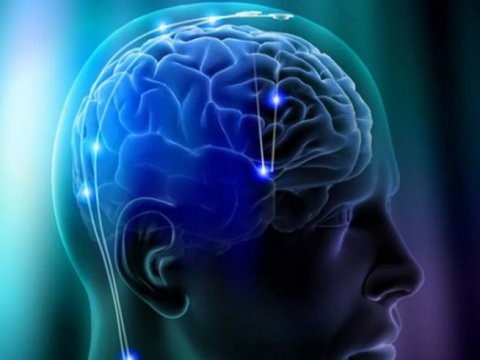Artificial neural networks are studied by scientists at the Department of System Programming at South Ural State University. Their research should help scientists from different fields of science promptly process data, diagnose and count the animal population.
The Associate Professor, Candidate of Physical and Mathematical Sciences Sergey Ivanov and his colleagues have been studying the so-called 'artificial brain' for 2 years. The artificial brain is a prototype of the human brain, which demonstrates the stability of discrete models of an artificial neural network in the test run.

"Artificial neural network is a prototype of human biological neural network, an attempt to make a device that will think and react like a human brain," says Sergey Alexandrovich.
Today, the young scientist has 5 papers published in international scientific publications of the world databases such as Scopus and Web of Science. Researchers gain recognition in the international scientific community and increase their citation due to their publications in these databases, which promotes SUSU in world ratings. One of Sergey's scientific publications cited in Scopus and WoS helped the University win a grant of the Russian Foundation for Basic Research in the amount of 450 thousand rubles per year. Now the young scientist and his colleagues are working on the problem of using neural networks to facilitate the work of researchers around the world.
"We are now actively conducting research in this direction. We have already submitted several new applications for grants. Now we are waiting for the results," Sergey Ivanov shares his plans.
The scientists says that the artificial neural networks can be applied for image recognition, for instance.
"The pictures of a car, a bus, or a person are shown to a certain set of interconnected neurons. The neural network adjusts itself by a certain rule and then, when the picture that the neural network has never seen before is shown to it, it looks at it and gives the result what it is: a machine, a person, or something else," says Sergey Aleksandrovich.
In other words, artificial neural networks can perform certain intellectual processes and are capable of analyzing and calculating data.
Neural networks can prevent equipment damage at large plants in case of short circuits. The introduction of neural networks will help quickly stop the supply of energy to the equipment during this short circuit. Thus, the company will be able to avoid huge losses of equipment and prevent fire accidents in the production.
"The artificial brain can also help ornithologists calculate the bird population and save time spent on manual calculation of data. The work that people carry out in three or four days, artificial neural networks will be able to calculate in seconds," explains Sergei Ivanov.
Artificial neural networks can help psychologists recognize a person's psychotype by Jung's method (extroverts and introverts). Different specialists can attribute the same person to different psychotypes from their personal opinion. Artificial neural networks exclude inaccuracy caused by the human factor and allow psychologists to correctly determine a person's psychotype.
The study of neural networks is only one of the works of the young researcher Sergey Ivanov. In 2016, his paper was published in the international scientific journal Communications in Nonlinear Science and Numerical Simulation, and this article was included in the top 10 publications of the world Scopus database. The paper was co-published with colleagues from the Chelyabinsk Pedagogical Institute and the Polytechnic Institute of SUSU and is aimed at studying the Newtonian cosmology - the origin of the Universe. The young scientist plans to win several more new grants and complete the study of artificial neural networks in the coming years.




